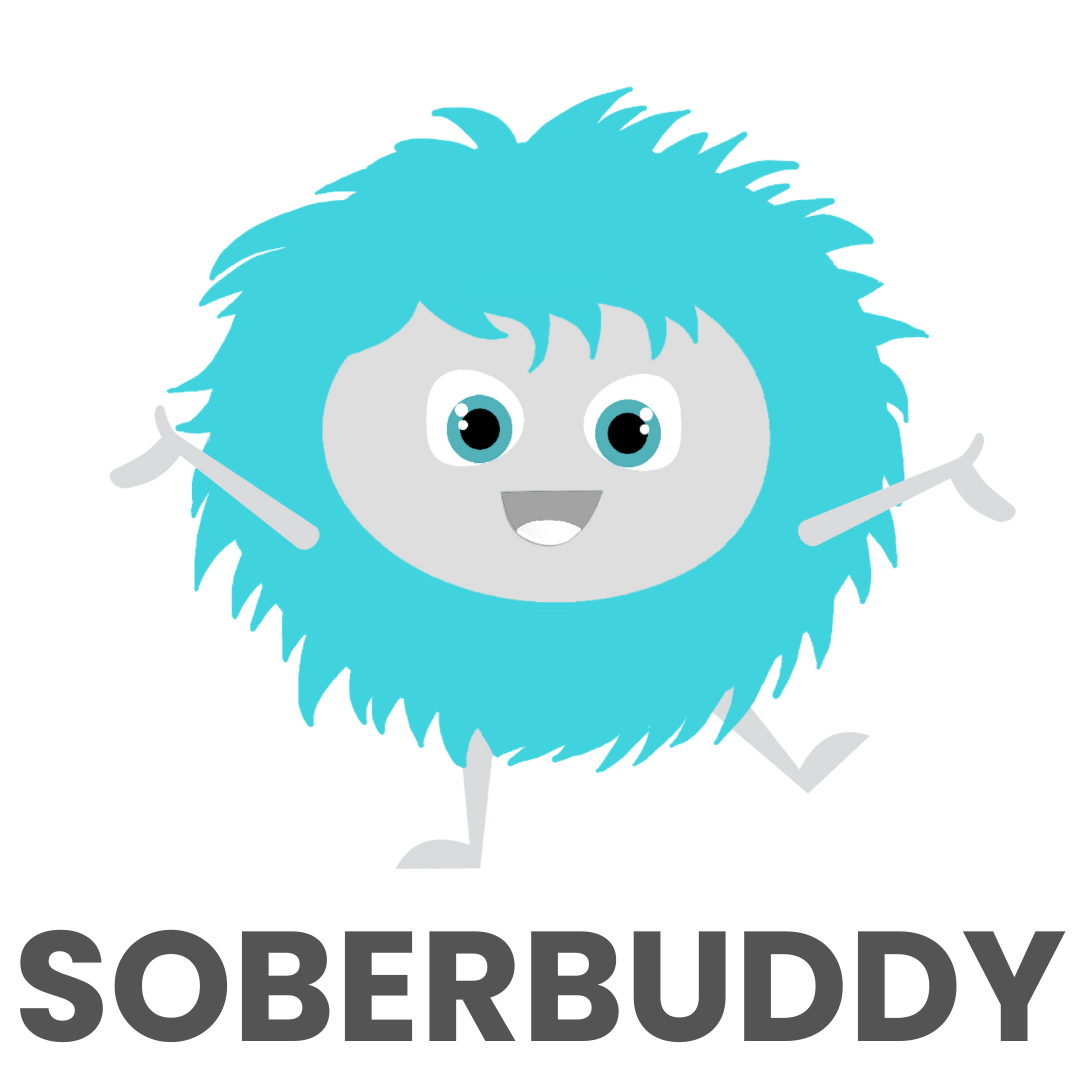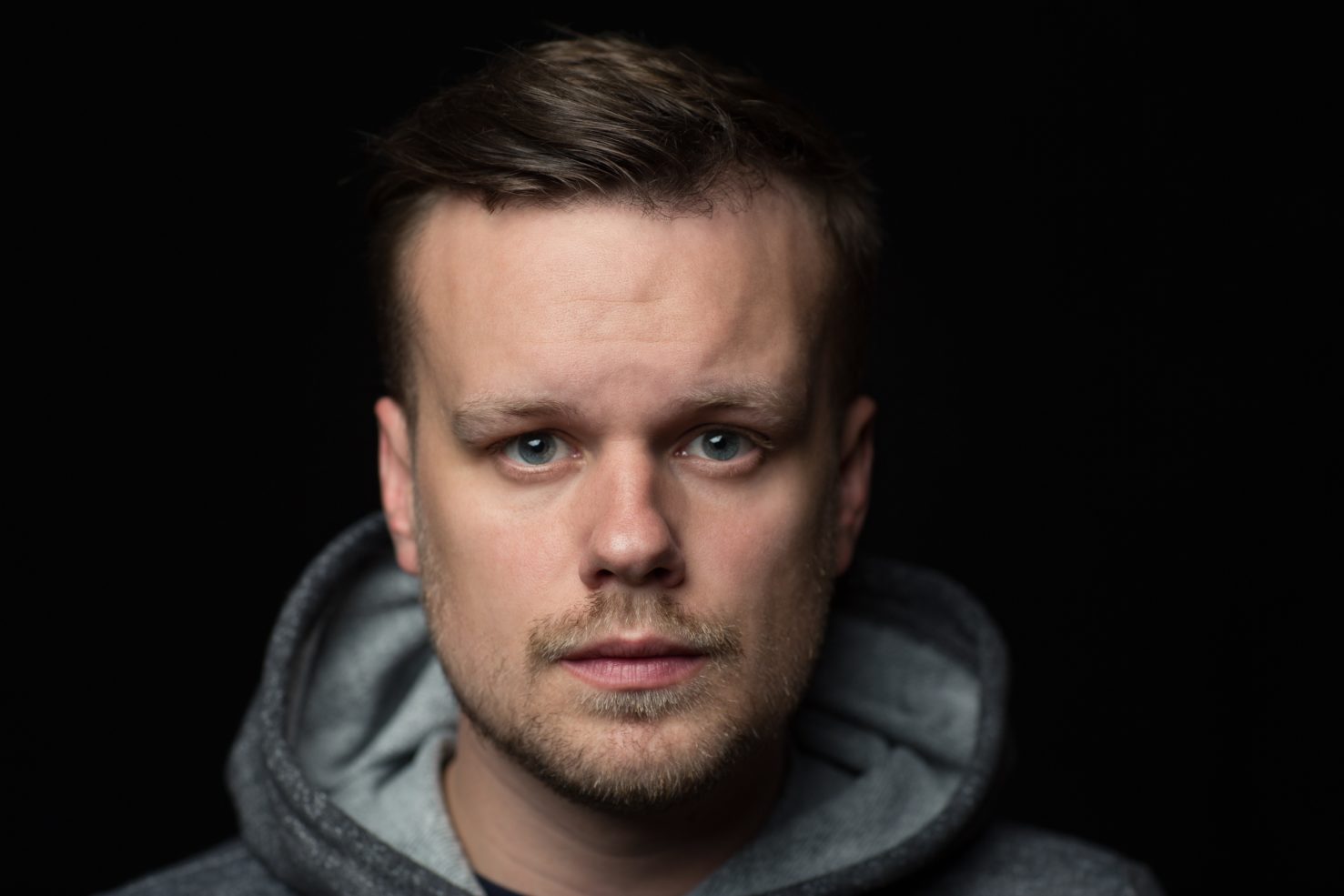There’s been a lot of talk about the opioid crises in the news and media lately, and it’s not just hype. Opioids are currently the number one drug causing overdose deaths in the US, with 2.1 million people addicted, and 47,600 opioid overdose deaths in 2017 alone. But the most alarming reality is that the death rate is rapidly climbing.
What are opioids?
Opioids include any drug that binds to the opioid receptors in the body. This includes prescription pills like oxycodone (Oxycontin), hydrocodone (Vicodin), codeine and morphine. It also includes heroin and fentanyl.
How addiction happens
Opioids are highly addictive, with some studies showing addictive behavior being present after only three days of use. So if you’ve had surgery or struggle with chronic pain, and were given a prescription by your doctor, you are at risk of developing an opioid use disorder.
In fact, 21 to 29 percent of people who are prescribed prescription opioids misuse them, 8 to 12 percent develop an opioid use disorder, and 4 to 6 percent transition to heroin.
Studies show that 80% of heroin users start with prescription pain medication.
Many times misuse occurs when you develop a tolerance to the drug, which makes your dose less effective in getting rid of your pain or giving you the “feel good high” it usually offers – so you up your dosage.
This leads many people to looking for stronger, more available, and less expensive alternatives in the street forms, such as heroin or fentanyl.
Doctors can help you find alternative ways to manage your pain and help you taper your dose if you are using too much. And it’s important to go to your doctor for help with your tapering, as quitting abruptly can lead to serious problems, including pain worse than when you started.
The safest way to avoid opioid use disorder is to use opioids for three days or less after surgery or for pain. If you have chronic pain, there are many alternatives to opioids for pain management, which your doctor can help you find.
It’s important to remember that no one is safe from opioid addiction, so it’s good to pay attention and use them as prescribed.
How do you know if you’re addicted?
If you’re starting to wonder whether you are becoming addicted to opioids, there are some signals you can look out for. One clear sign is being unable to stop yourself from using, or unable to stop yourself from using more than the recommended amount. Here are some other symptoms of opioid abuse:
- Poor coordination
- Drowsiness
- Shallow or slow breathing
- Nausea or vomiting
- Constipation
- Feeling agitated
- Anxiety attacks
- Lowered motivation
- Poor decision making
- Abandoning responsibilities
- Slurred speech
- Sleeping more or less than normal
- Mood swings
- Euphoria (feeling high)
- Depression
- Irritability
What makes you overdose?
Too high of a dose, or taking them for too long, increases your risk of addiction, overdose, and death. After just five days, your likelihood of using painkillers long-term goes through the roof, and more than 130 people a day die from opioid overdose.
Overdose usually happens when you use more than you are prescribed and/or in a different form, like crushing pills into powder and snorting them. This is particularly dangerous in long or extended acting formulations.
Combining opioids with alcohol or other drugs also increases your risk of overdose. And if you have been in recovery from opioids and relapse, taking the same amount you took before you stopped can crash your system, as your tolerance has decreased.
symptoms of an overdose
If you suspect you or someone else is experiencing an overdose, call 911 immeditely and tell them you think it’s a drug overdose. It is an emergency and can lead to death. If you have access to Narcan spray you can spray it up their nose and help save their life. For more information on how to do this, and to get a free dose to have on hand, visit the Narcan website.
- Unresponsive – can’t wake up
- Slow, irregular breathing – or no breathing
- Slow, erratic pulse – or no pulse
- Vomiting
- Passing out
- Small pupils
What to do if you need help
It is important to get help from a doctor or clinician when you decide to stop using opioids, as quitting cold-turkey can be painful. There are many ways doctors can help manage your withdrawal symptoms, including tapering schedules, and the use of medications like methadone and buprenorphine.
It’s also helpful to get support from your family, community, church, school, a support group, or friends.
If you need help finding local resources, visit the free SAMHSA resource site.

